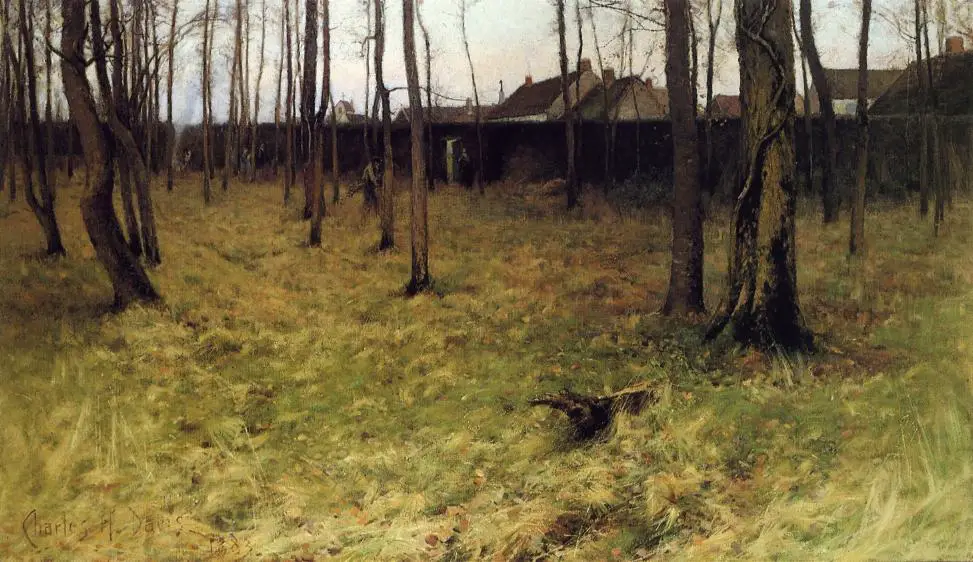Liminal is all about the concepts of transition and shifting ambiguities, categorised by disorientation and a loss of belonging. Who knows, you might be in a liminal space right now.
Key questions
- Do you feel a sense of belonging?
- Are you uncomfortable? Anxious? Feel a sense of dread?
- Did you choose to be here?
The days between Christmas and New Years are liminal spaces, much like airport layovers. They aren’t real. Nothing matters. Get high at 10am. Watch all 3 Lord of the Ringses. You are your own god
Kate Leth (@kateleth) December 28, 2019
(Unofficial) word of the day is Merryneum: the blurry space between Christmas and the New Year.
@susie_dent
Liminality is all about between-ness. If you find yourself anxiously on the threshold of something, you may be in a liminal space.
A liminal space is the time between the ‘what was’ and the ‘next.’ It is a place of transition, waiting, and not knowing. Liminal space is where all transformation takes place, if we learn to wait and let it form us.
Liminal Space
betwixt or between…in a period of transition between states … [where individuals] are neither one thing nor another; or may be both; or neither here nor there; or may even be nowhere
Victor Turner, anthropologist who first coined the term on field research in Zambia in the 1950s (See: The Anthropology of Performance)
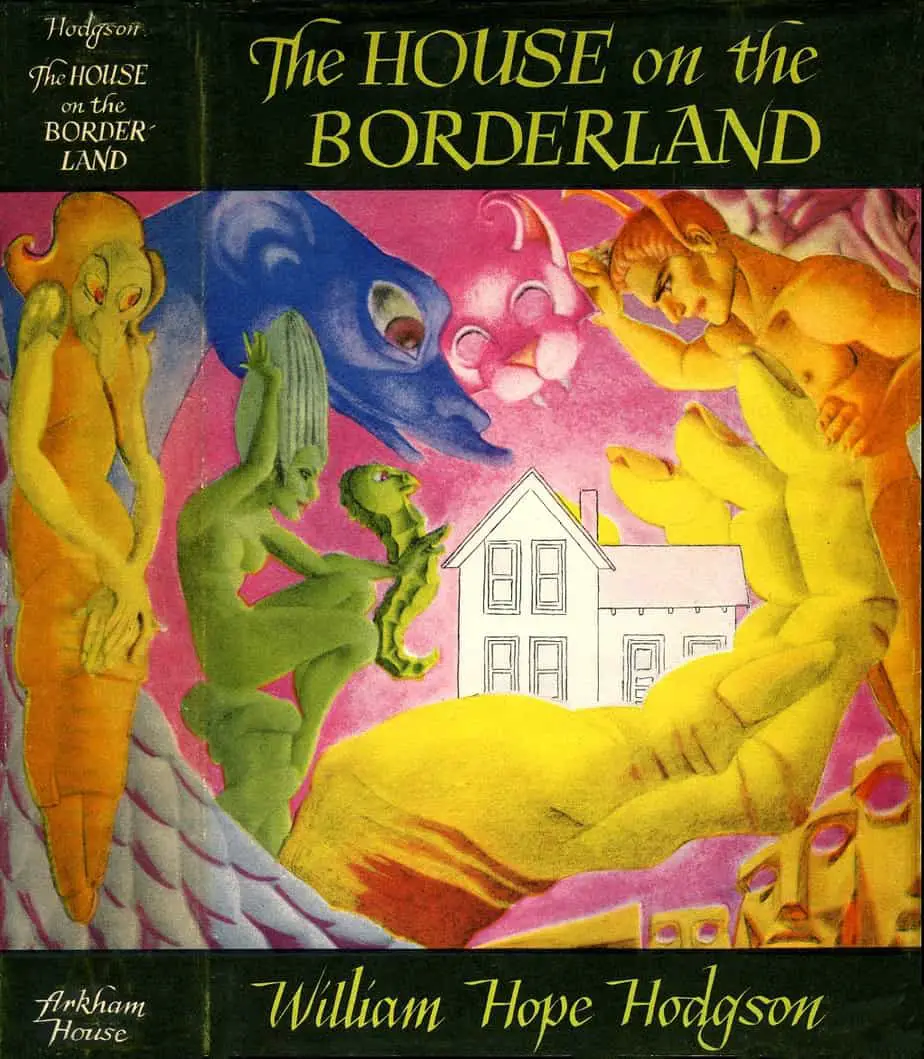
If you’re on one side of a boundary, you could be in a liminal space. You might even be straddling it. Not just boundaries, either: borders, frontiers, no-man’s-land, the out-of-bounds area of the school playground.
Perhaps it’s dawn or dusk — on the border between night and day.
You’re crossing a river by bridge or by boat.
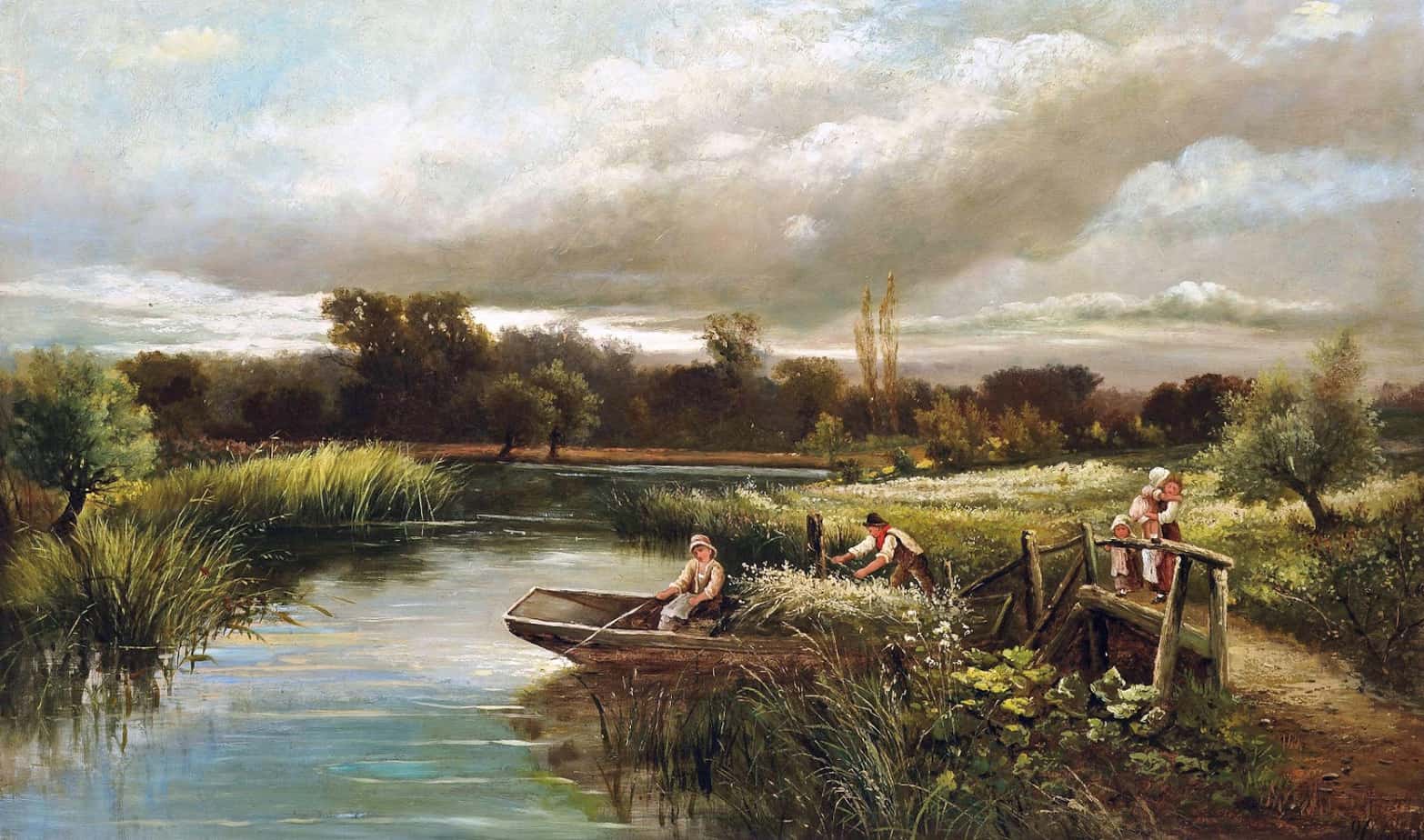
You’re in some kind of transition. You’re between schools, between jobs, between friendships. You’re engaged to be married but haven’t set a date. You have a new partner but haven’t changed your socials status.
Doubly liminal if you’re both sitting where land meets sea, contemplating ‘he loves me, he loves me not’ with a flower.
You’re socially transitioning or embarking upon gender affirming therapies. Or maybe you simply like to play with gender expression.
In saying I am a woman, I am *not* talking simply about my body, because the body exists in this strange liminal space as both self and not-self, simultaneously the whole of me and just a tiny fraction of it. It both determines and is determined by the movement of the mind.
Magdalene Visaggio
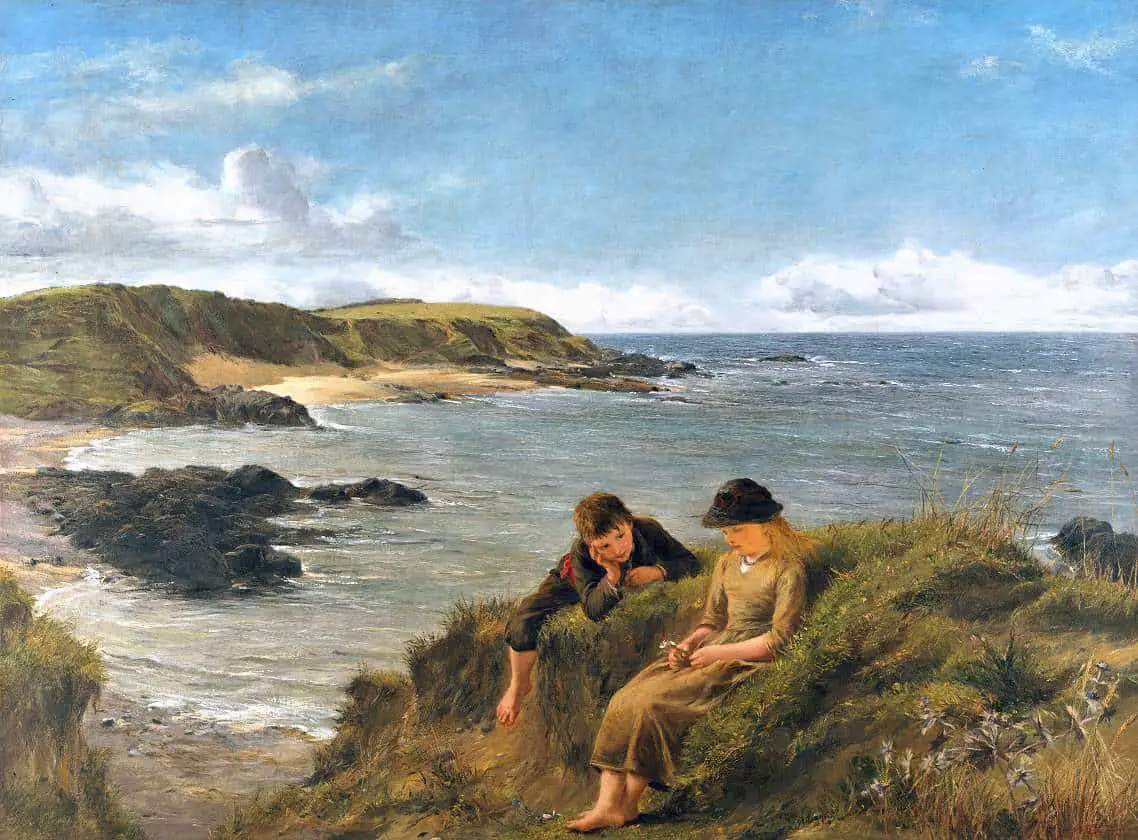
You’re waiting for what’s to come.
You’re where land meets water. Dark water. You don’t know what’s down there. You almost feel you’re a part of it.
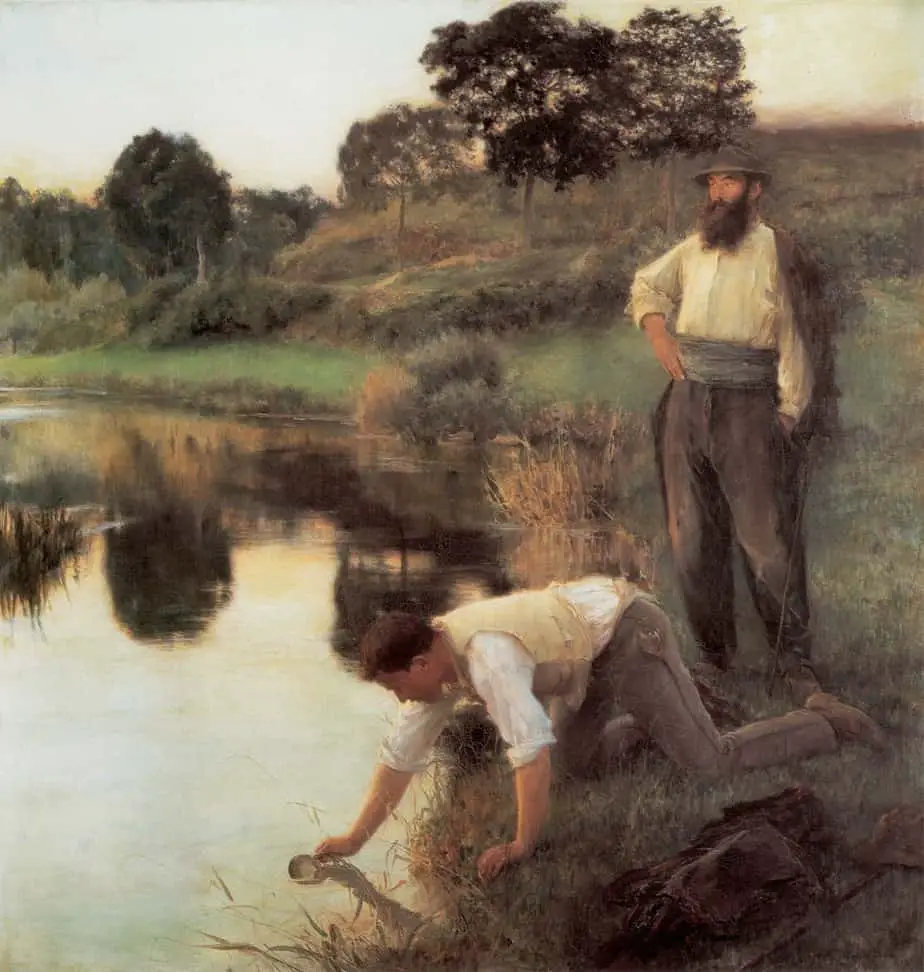
You live on a docked house boat.
You’re climbing a fence. Or thinking about climbing a fence — in the preliminal phase of climbing a fence. You don’t know what’s in that thicket of trees on the other side.
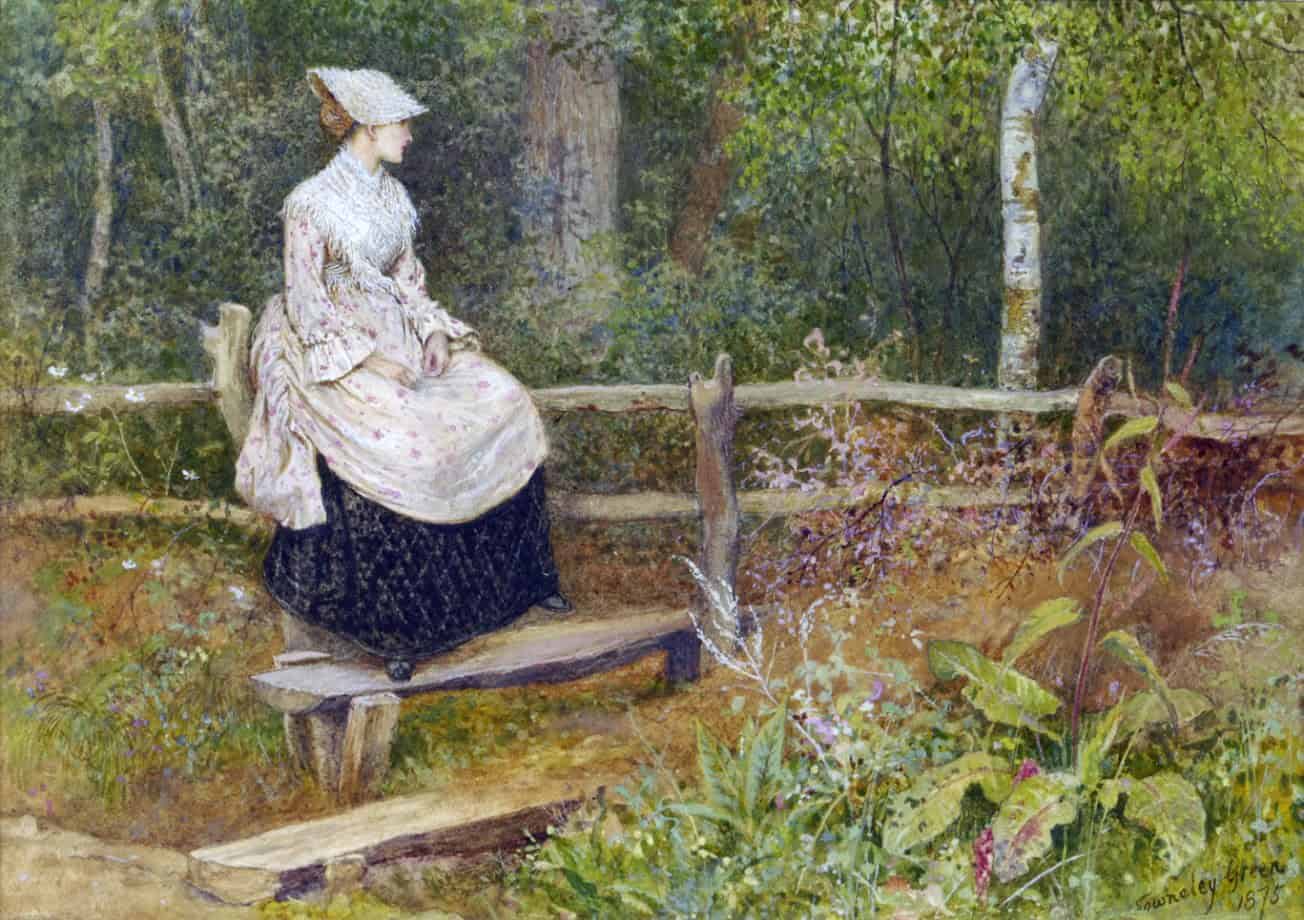
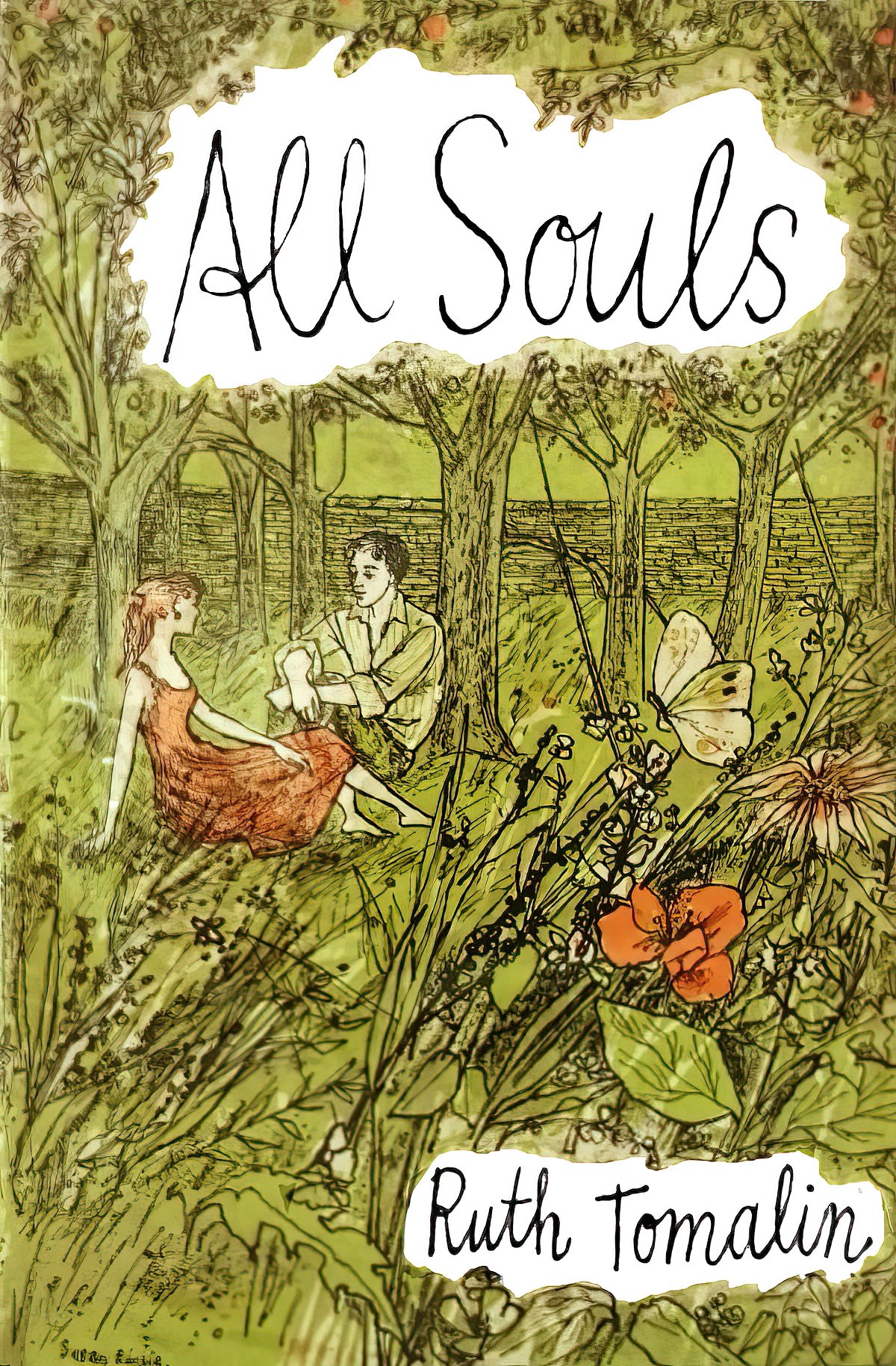
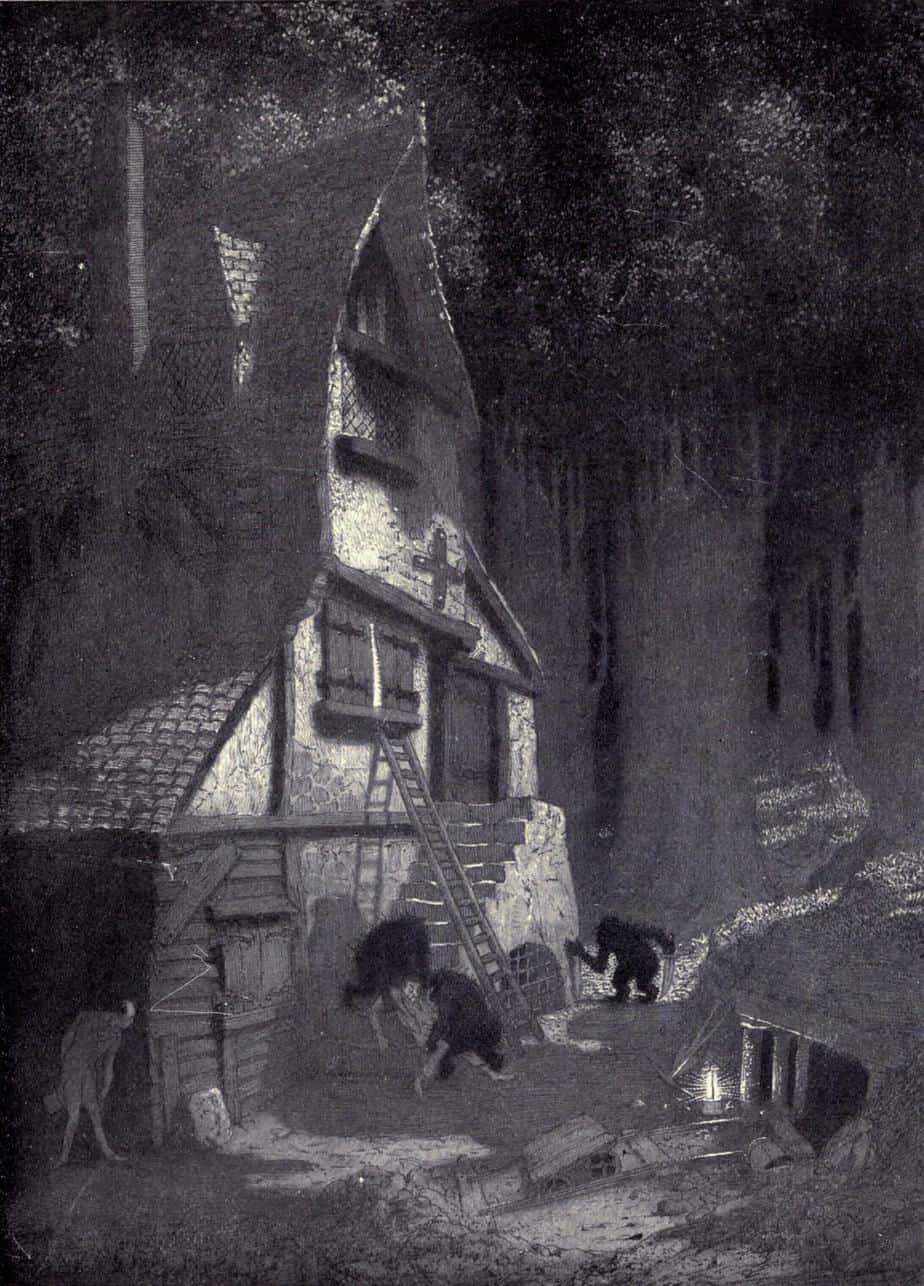
You’re on the edge of a village, trees are getting thicker. You’re about to enter the forest… or your dark subconscious.
Liminal spaces are about edges in general:
- The boundaries between properties
- Edges between water and land
- The spaces between cliffs and boulders on a coast
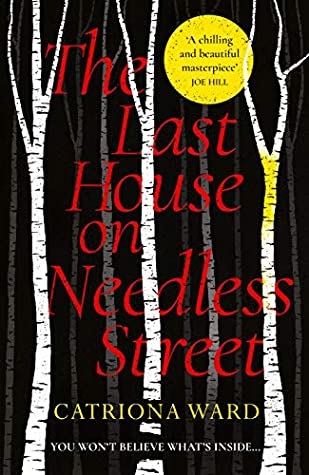
This is the Gothic story of a serial killer. A stolen child. Revenge. Death. And an ordinary house at the end of an ordinary street.
All these things are true. And yet they are all lies…
You think you know what’s inside the last house on Needless Street. You think you’ve read this story before. That’s where you’re wrong.
In the dark forest at the end of Needless Street, lies something buried. But it’s not what you think…
You live in outer suburbia, betwixt urban and rural worlds. Shaun Tan made a picture book compilation about that particular liminal space. “‘It opened into another room altogether… an impossible room somewhere between the others.”
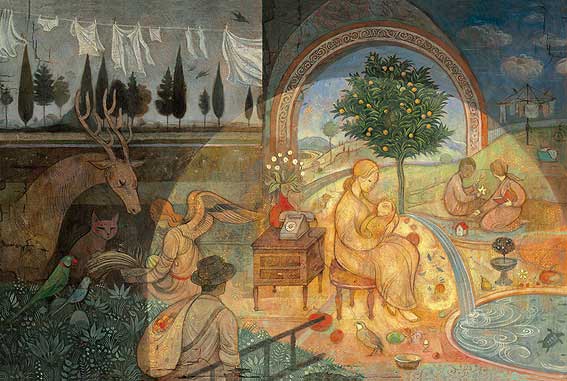
You live between cultures — one subculture at home, another at school.
You’re no longer a kid but haven’t yet launched as an adult. You have your learner’s permit but can’t yet drive on your own. You’ve outgrown the little chairs but you sit at the kids’ table over Christmas dinner.
You are passing through a place ‘of transit, not of residence’ (theorist James Clifford).
You’re moving to a new house — a popular way to open a children’s book. Perhaps you live in a caravan park, and have this deep-seated feeling you’re living situation is something between permanent and temporary. You might be in a “hotel, a station, airport terminal, hospital and so on: somewhere you pass through, where the encounters are fleeting, arbitrary’ (Clifford).
You’re more likely to be in a liminal space if you’re in a children’s book and that children’s book is set in the city. In children’s stories, cities are often transitional spaces, of transit rather than of residence.
Examples of these places in children’s literature are numerous: Felice Holman’s Slake’s Limbo uses both the New York subway and the Commodore Hotel as central images; in Kay Thompson’s Eloise, the Plaza Hotel becomes its own imaginative sphere for its young protagonist; in E.L. Konigsberg’s The Mixed-Up-Files of Basil E. Frankweiler, the Metropolitan Museum in New York becomes the site for exploration. Cities themselves in the modern, literary imagination are places defined by transit, ambiguity, and arbitrary interactions between random individuals. Often, liminal urban places may be perceived as symbolic microcosms of the cities where they are located.
Naomi Hamer
You’ve done something wrong, the community is throwing you out. You’re becoming an outcast. Your deputy principal is filling in the paperwork and you’re about to get expelled. You’re the black sheep of your family.
You are in the realm of the “thrice-nine kingdom”, the land of the living dead. This liminal realm lies between the world of the living and the thrice-ten kingdom, the land of the truly dead. (You’ll know you’re there because you’ll find a house on chicken legs.)
You’re not rich enough to afford a skiing holiday most of your friends are going on. But the poor kids think you’re rich.
You’re too beautiful to be human yet not quite a goddess. (Psyche had this same issue.)
You’re emigrating. This ship is your temporary home. (You’ve even brought your bird, with the birdcage functioning as symbol of a fully-contained house, in which you imagine you have all you could ever need.)
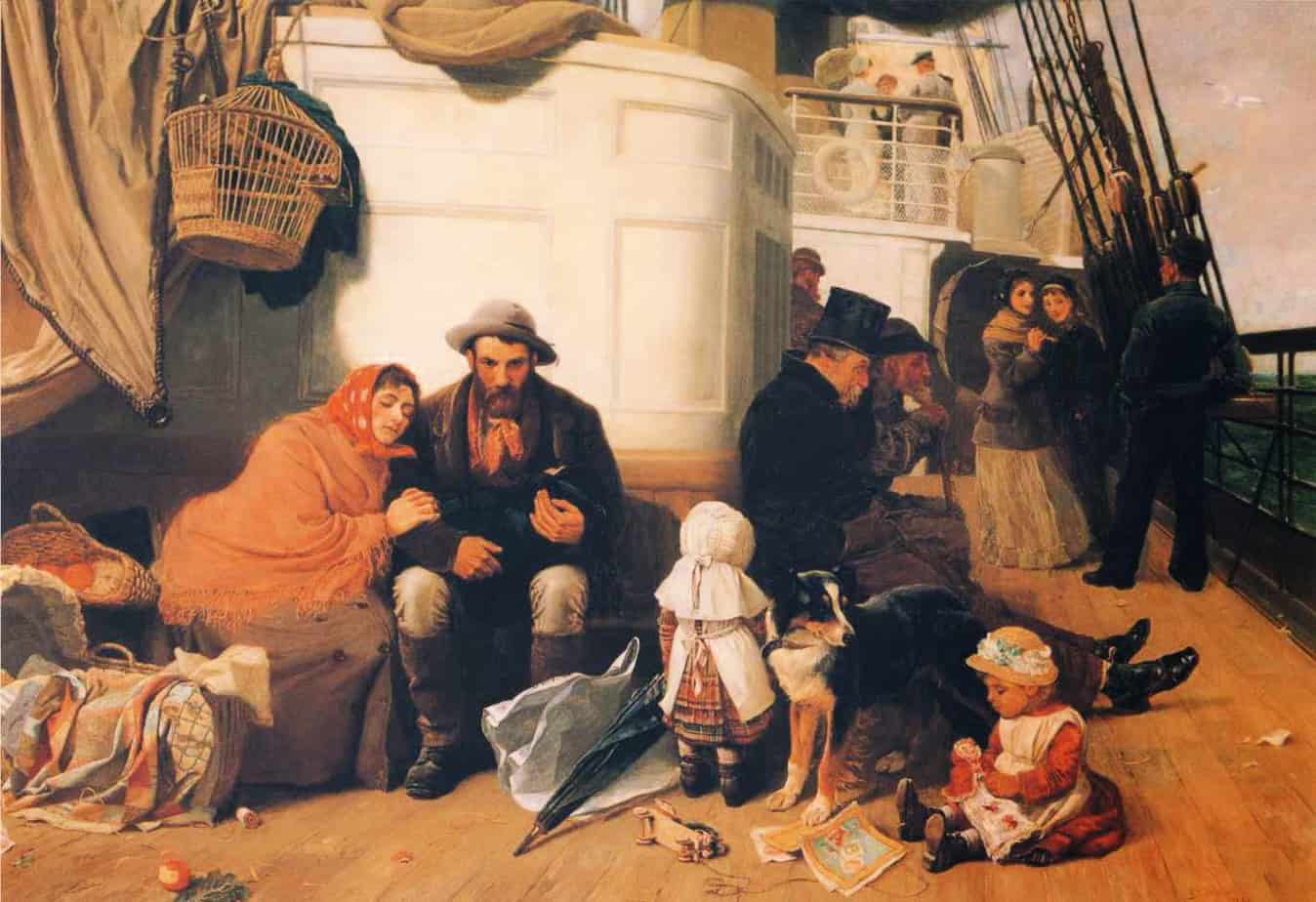
You’re having a rough time lately, alternating between hope and hopelessness.
You’re trying to read something interesting, but your mind keeps wandering as the text makes you think of related and tangential things. Things that upset you a little, or a lot.
You’re pregnant with your first baby. People are treating you like a mother but you’re not a mother yet. You actually have no idea how that’s going to feel.
You’re walking through fog.
You’re on an international flight and you haven’t readjusted your circadian rhythms yet and lunch arrives at a weird time. Between time zones, you’re neither here nor there. Doubly liminal if the world below is about to collapse due to an eco-crisis, as in this Helen Simpson short story.
You’re in the bathroom, standing in front of a mirror. You’ll never be able to touch one half of that space between you and your mirror-self. It creeps you out. Perhaps you’re a character in a horror movie.
You’re somewhere between wake and sleep, between consciousness and unconsciousness, fantasy and reality, or slipping from consensus reality to non-consensus reality. (You’re losing your grip.)
You’re flying high in the sky, where Heaven meets Earth. Perhaps you’re An Enormous Man With Enormous Wings in a magical realist short story by Gabriel Garcia Marquez.
You exist between the sacred realm and the profane (non-sacred). Tricksters exist here, as mythic projections of the magician archetype.
You’re transgender, gender fluid, in a quasi-romantic relationship, intersex, gender non-binary, queer, androgynous or somehow betwixt and between.
You see fairies. Fairies take many forms. They exist at any point on the spectrum of morality. But they tend to appear in liminal spaces, the inbetween spaces, when you’re on the cusp of something: manhood, giving birth, death.
Fairies are also ‘inbetween’ because people from antiquity neither believe in them nor disbelieve. Fairies (and related fantasy creatures) stand for what can never be truly known.
You’re a character in a portal fantasy, going through the portal (which is a liminal space).
RELATED WORDS
COMMUNITAS
Communitas is a Latin noun commonly and refers to:
- an unstructured community in which people are equal
- to the very spirit of community.
In cultural anthropology and the social sciences it comes in useful when talking about the concept of liminality, because in liminal spaces hierarchy is put to one side.
Double liminality
Purgatory is a liminal space in its own right, but many people don’t believe in it, making it doubly liminal.
Liminoid
Another similar adjective to liminal. The liminoid has the characteristics of the liminal. But liminoid experiences are optional and don’t involve some kind of personal crisis. Graduation ceremony: liminal. Rock concert: liminoid.
SHAMAN
Shaman is a modern word for an ancient concept. We now apply this word to spirit walkers from many cultures. Shamans work with liminal time and space because they walk between worlds. Her job is to connect those in the spirit realm with those in the living world.
Limen
a threshold below which a stimulus is not perceived or is not distinguished from another e.g. existing in the limen between X and Y. The word limen is from Latin “līmen” (with the macron above the i to mark a long vowel). “Līmen” means threshold in Latin, and has a concrete and symbolic meaning. It can refer to the sill of a doorway or to the entrance of a building. More widely, it refers to any place or point of entering or beginning. Modern psychology also uses the term limen to mean the point at which a stimulus is intense enough to start producing an effect.
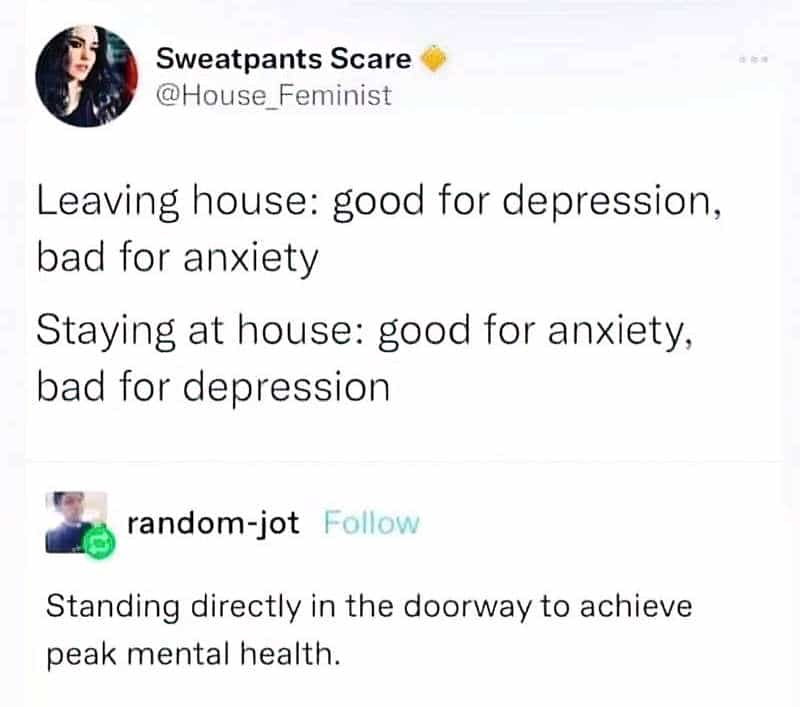
LIMINAL DEITY
A liminal deity is a god or goddess in mythology who presides over thresholds, gates, or doorways; “a crosser of boundaries”, from Wikipedia
LIMINAL MOMENT
Liminality is about time as well as about space. An example of a liminal moment: Waves hit coastline boulders then retreat. The liminal moment is the moment of contact before the waves withdraw.
Liminal time
That moment when something changes from one state to another. (Dawn, dusk etc.)
Paracosmic realm
That space behind the big red curtain where you like to read. (Your name is Jane Eyre.)
Preliminal, liminal, postliminal
The stages of transition when talking about liminal time.
In the field of anthropology, liminality comes up frequently in discussions about ritual. Arnold van Gennep coined the term liminality and it was van Gennep who proposed that life is made up of a series of changes, dividing those stages as preliminal, liminal and postliminal. Then, in the 1960s, British anthropologist Victor Turner did more work on the nature of liminality during initiation rites. Turner said that before entering the liminal state, people are in a state of ambiguity.
Neither this nor that, and yet is both
Turner, V. (1967). The forest of symbols: Aspects of Ndembu Ritual. Ithaca: Cornell UP.
VEIL
The veil is a literal item of clothing and also a concept. As a concept, it refers to the very thin edge or border between liminal times and spaces. At certain times, travel from one time and space becomes easier. This is when the veil lifts.
WHY DO WE NEED THE WORD ‘LIMINAL’?
Why not just say ‘between’, ‘transition’ or ‘border’, or any number of similar words plucked out of a thesaurus?
For starters, liminality contains layers, e.g. the doubly liminal concept of Purgatory. It’s hard to convey this layered-ness using other, more concrete words.
The painting below might depict a doubly liminal space — a train transports passengers from one side to another and it is also sunset.
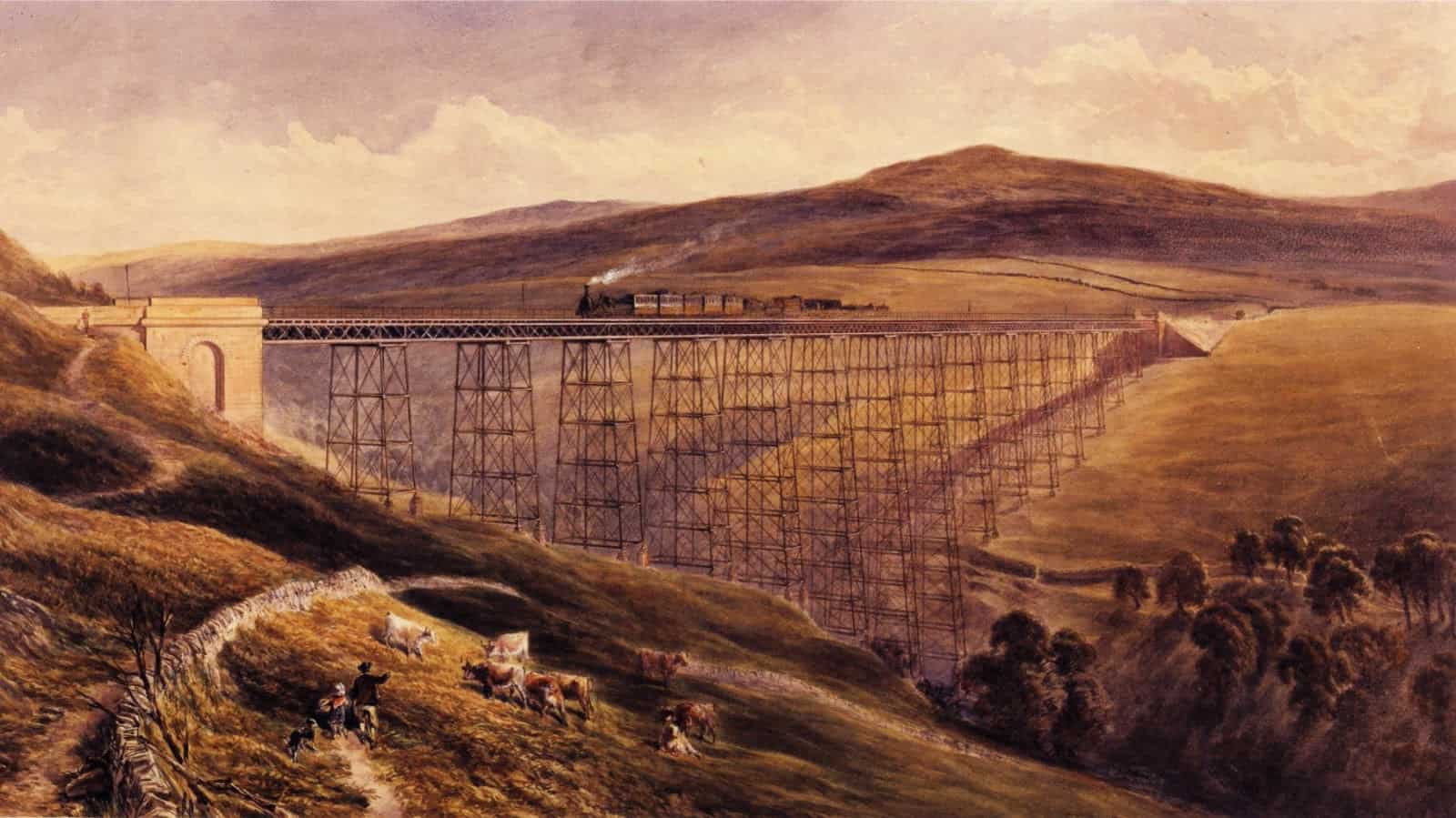
Not everything that seems liminal is necessarily so. In a story, a beach may be depicted as a liminal space. In contrast, it might be a place where the characters have fun and feel a sense of belonging. In that case, the beach is not being used in a liminal way. Some tourist destinations are more liminal than others; the beach can be an especially liminal place because it is neither land nor sea and can function as “heterotopic erotic oasis” (Andriotis, 2010).
Liminal space is special.
Liminality is all about ambiguity, discomfort, anxiety. A liminal space or a liminal creature is both familiar and unfamiliar — uncanny. (The dead can also be described in this way.)
it’s also about freedom. In a liminal time or space you can break free from social norms and put social hierarchy to one side. In a liminal space you are free to mix with people you wouldn’t normally talk to. The concept of liminality therefore helps anthropologists to understand rituals and processes of human socialisation.
These days, tourism studies is also big on liminality. Tourism anthropologists ask: Why do people go on holiday? What do they want to do at their destination? (What even counts as a tourist destination?) Tourists want to experience something good which they can’t get by staying at home. When tourists separate themselves from everyday life they enter a liminal state of being. Structured breaks from the everyday characterise all human societies. Go back to antiquity and churches designated periods in which rules were overturned. (For more on that check out the carnivalesque.)
Liminal situations are fluid, malleable and multi-layered.
- Social hierarchies can reverse, as in a carnivalesque story.
- Something feels weird here, but it’s never seen, never named and never known. People wouldn’t believe you if you told them about it. This is the epitome of ‘liminal’.
- If you’re in a liminal space you’re basically facing a moral dilemma. Your circumstance allows you to question social constructs. Which world do you want to be a part of? Once you’re in that liminal space you can choose to progress or retract, to take hold of freedom or remain in a state of metaphorical slavery.
- In stories, this is the bit where the main character has a Anagnorisis, or makes a moral decision.
WHAT’S THE DIFFERENCE BETWEEN A LIMINAL SPACE AND A HETEROTOPIA?
If you’re already familiar with Foucault’s term ‘heterotopia’, you may be wondering how a heterotopia is different from a liminal space.
Basically, a heterotopia is a kind of ‘unreal’ space where time works differently, is not freely accessible to everyone, has rites and purifications around it, and although it represents society, the heterotopia is a distortion of that society.
A liminal space is the border between two places, we all experience liminal moments and liminal periods in our lives and, like the heterotopia, these periods also tend to involve rites and purifications.
Let’s take the specific example of an international airport, which is a liminal space as well as a heterotopia.
The airport is a heterotopia because time works differently there. Passengers are frequently coming from a different time zone; we are very much at the mercy of delays and the experience of the departure lounge can make an hour seem much longer than it ordinarily feels. The airport is all about getting passengers from A to B, but airports are also in the business of helping passengers to kill time (by spending as much money as possible).
The international airport is also a liminal space:
- Airports are global, sure, but also placeless.
- They have a sameness about them, so frequent travellers are prone to forgetting which airport they’re in. (That said, airport design is changing, and airports are making more of an effort to ‘feel like’ the city they’re in.) Also, airports are making more of an effort to be destinations in their own right.


LIMINAL PARTS OF A HOME
The parts of a home which connect to the outside are traditionally thought to be entry points for unwanted spirits and demons: windows, doors and chimneys.
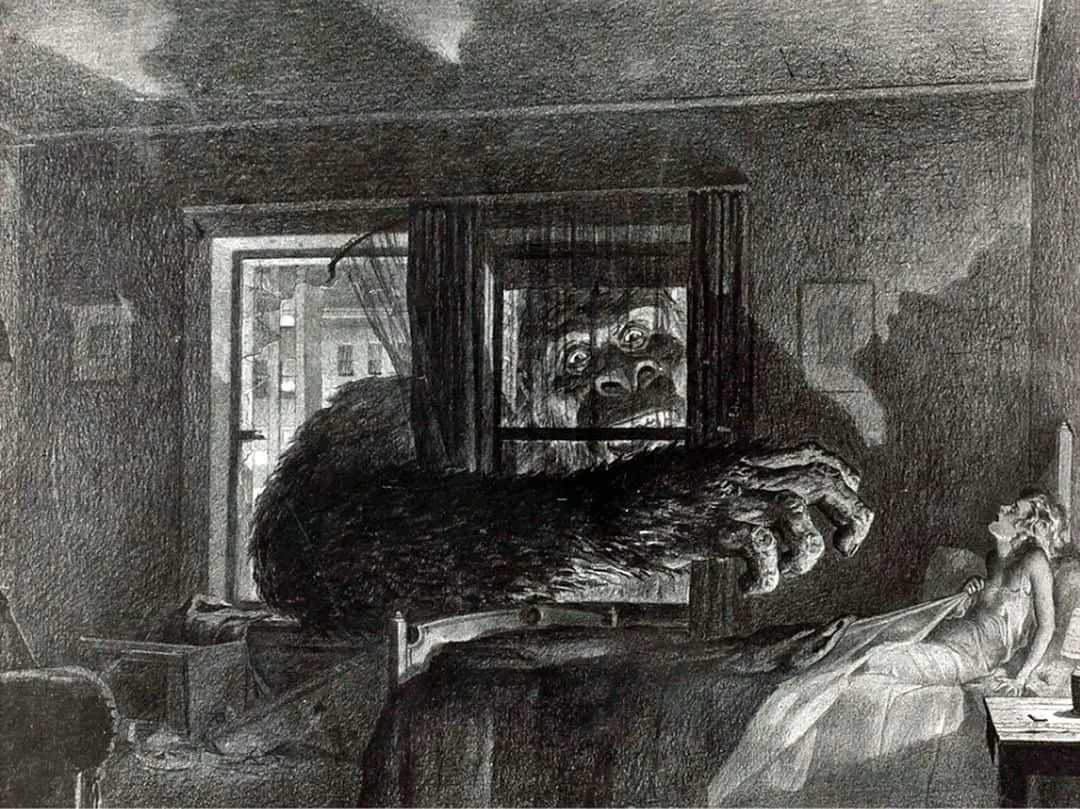
Times Of Year
In Early Modern English these times were known as the ‘reathes of the year’. Many cultures roughly divide a year into two halves as Earth travels around the Sun. There’s a bright half and a dark half. Liminal times of year happen around May 1 and November 1. A great many cultures honour ancestors at these times.
- Hallowe’en or May Eve
- Yuletide (the 12 days from Christmas to January 6th)
- On the eve of any major feast
- New Year’s Eve
- The eve of your birthday
- Belthane, the beginning of the bright half of the year when the veil is thin between worlds
Liminal Stages of Life
The following are major social or physical transitions:
- birth
- adolescence
- betrothal
- defloration/copulation
- death
- burial
Four life stages are especially important for women. Notice that woman writers such as Alice Munro and Carol Shields focus on main woman characters at the following junctures:
- maturing from a girl into a woman
- development of a sexual or intimate relationship with a partner, usually a man
- entering into matrimony
- conception and giving birth, possibly to a creative project
- death of a loved one
- coming to terms with death of oneself
Often at these liminal junctures main characters feel separated and develop a self-awareness about what they’re giving up. This makes use of crossroads symbolism; by taking one path, she cuts off others.
FURTHER READING
Sheila Egoff writes about a genre of children’s literature known as enchanted realism (similar to magical realism/fabulism) in which the child character explores an arena which is neither part of the real world nor part of the fantasy world. This might be a garden (Tom’s Midnight Garden), a wood (Enid Blyton’s The Enchanted Wood), an old house or similarly familiar space.
Header painting: Charles Harold Davis – Outside the Village 1883
